The Journal is published by the Nature Conservation Agency of the Czech Republic in cooperation with the Cave Administration of the Czech Republic, the Krkonoše Mts. National Park Administration, the Bohemian Forest Mts. National Park Administration, the Podyjí National Park Administration and the The Bohemian Switzerland National Park Administration. It has been published since 1946.
cs / en
Nature Conservation 2023 — 5. 6. 2023 — International Nature Conservation — Print article in pdf
Protected Areas in the World: Current State and Prospects
Conservation is a state of harmony between men and land. Aldo Leopold: Conservation (1938)
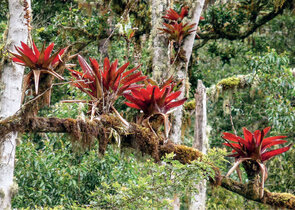
When one says “nature conservation”, many people recall various boards with a notice “protected area”. It is no surprise. Not only in the Czech Republic territorial protection or area-base conservation is among the oldest and at the same time most common approaches in protection, conservation and management of natural and landscape heritage. Moreover, there have been recently appearing various opinions whether protected areas really fulfil their mandate and whether area-based conservationdeserves at least a significant renovation (BHOLA et al. 2020, FENG et al. 2021, WALSH 2021, JONES et al. 2022, RAYMOND et al. 2022, ROBSON et al. 2022, WAUCHOPE et al. 2022, WILLIAMS et al. 2022, ZENG et al. 2022). This prompts the question about the current state of the art in global protected area network and in particularly what we have known on its real effectiveness.
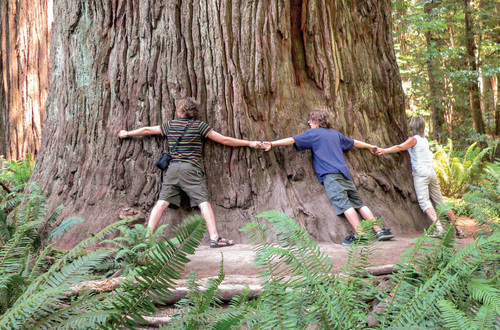
Before the COVID-19 syndemics according to respected estimations the global protected area property received 8 billion visits per year. The Redwood National Park in northern California became famous due to highest trees in the world – the Coast redwood (Sequoia sempervirens): the woody plant species is unique also to its huge girth. © František Pelc
What protected areas have experienced yet
At present the most frequently used concept proposed by the IUCN (International Union for Conservation of Nature) defined a protected area as a clearly defined geographical space, recognized, dedicated and managed, through legal or other effective means, to achieve the long term conservation of nature with associated ecosystem services and cultural values (DUDLEY 2008).
The very first protected area based on the current concept in the world is German islet of Vilm close to the island of Rügen where human interventions were limited for preserving nature as early as in 1812. Moreover, 12,000 years before people did not intentionally use some sites or areas of various size. Nevertheless, the aim was not to maintain their natural and landscape values but because of religious or cult reasons or of the strict protection of natural resources by owners against using them by other people. Of course, general strategic target in protection, conservation and management of natural and landscape heritage has been simply and at the same time expressive itself since its establishment in the first half of the 19th century: more protected areas for nature conservation. A real boom in territorial protection, particularly declaring national parks according to the U.S. concept, occurred in the 1950s where establishing a representative network of protected habitats/ecosystems/land cover types became a main nature conservation paradigm (PLESNÍK 2012, 2022). Since that time both number of officially declared protected areas and their total coverage have been exponentially increasing on a global scale.
The current approach considers protected areas as a key strategy for maintaining life-supporting processes in nature, benefits of which we have most often used to call ecosystem services. The role of protected areas in mitigating global change impacts, particularly climate change, and adapting both human civilization and nature to them is also highlighted. Putting it simply, protected areas should be beneficial not only for nature (after all, that is why they are established), but also for citizens, mainly for local people.
Let us take a look at the most recent statistical data. As of July 15, 2022 there were in total 271,140 sites/areas meeting the above most respected concept of a protected area, at the same being included in the World Database on Protected Areas (WDPA) run together by the United Nations Environment Programme (UNEP) and IUCN. Of them, 253,359 protected the selected parts of land area and inland waters. Their total size is impressive 21,295,950 km2, i.e. 15.78% of the Earth´s terrestrial land, thus being comparable to whole North America. Marine ecosystems are harboured in 17,781 areas covering in total 29,452,489 km2 (8.13% of the global ocean). In national waters (Exclusive Economic Zones, EEZ) the proportion is sizeable 18.6%, while in Areas Beyond National Jurisdiction (ABNJ)/deep seas the state of the art is significantly less favourable (1.44 %, IUCN & UNEP 2022, cf. PLESNÍK & HANEL 2021). It is hard to believe that still in the early 1960s the global protected area estate was only the size of the United Kingdom, i.e. approx. 250,000 km2 (DUDLEY l.c.). Particularly as consequence of establishing huge marine reserves, since 2010 the total size of protected areas on Earth has increased by more than 21 million km2, which is 41 % of the world´s protected area system current size and twice as Europe (IUCN & UNEP 2022).
As of July 1, 2022, the global target to protect at least 30% of the planet’s land and ocean by 2030 was supported by more than 100 countries including seven most economically developed ones and in accordance with the EU Biodiversity Strategy for 2030 also by the European Union (HAC 2022). In addition, particularly some acade-micians and NGOs as well as the Head of the Roman Catholic Church urge and promote opinion raised by the recently deceased American scientist Edward Wilson to cover by protected areas a half of the Earth´s surface (WILSON 2016) by 2050 at the latest. The targets convinced supporters who stress, inter alia, that they can at the same time enhance climate change mitigation and adaptation (TALLIS et al. 2018, DINERSTEIN et al. 2019, 2020, WALDRON et al. 2020, YANG et al. 2020, UNEP 2022, ZENG et al. l.c.). On the other hand, opponents emphasize that the targets can, inter alia, possibly impact on global food production, human health and rights of indigenous people. Indigenous people at present manage at least a quarter of the Earth´s terrestrial surface including a third of protected areas (BÜSCHER et al. 2017, MEHRABI et al. 2018, SCHLEICHER et al. 2019, VISCONTI et al. 2019, COUNSELL 2022, HENRY et al. 2022). The long-awaited decision shall be taken at the 15th meeting of the Conference of the Parties to the Convention on Biological Diversity in Montreal, Canada in December 2022.
Protected area is effective if……
The above data can easily give impression of that global area-based conservation is O.K. and better than on the right track. Unfortunately, it is not the case. Effectiveness has been for quite some time Achilles heel of protected areas (PLESNÍK 2008).
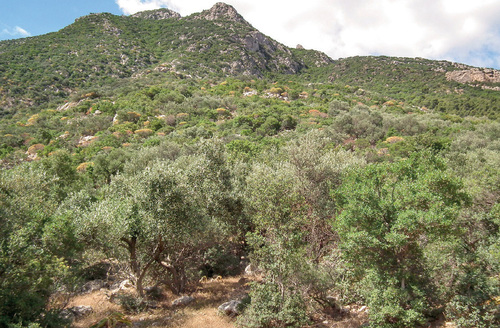
The Ichkeul National Park in northern Tunisia was declared in 1980 as a UNESCO World Heritage Site. In addition to a lake important for migratory birds it harbours the forested mountain landscape © Jan Plesník
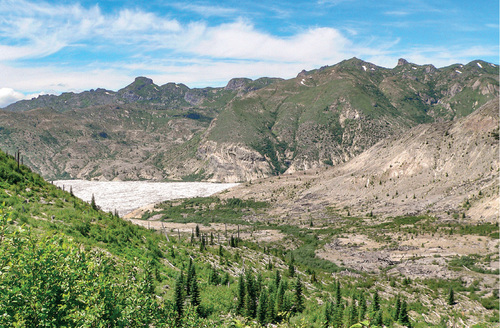
The Mount St Helens National Volcanic Monument covering 450 km2 within the Cascade Mountains (Washington State, U.S.A) was established after the volcano eruption in 1980. The whole area destroyed by the eruption was left to spontaneous development having resulted in a successful forest ecosystem restoration by nature there. © František Pelc
The increasing number of protected areas in the world as well as their total coverage may not indicate their effectiveness. Although the data on the size of protected areas in relation to the total country´s or continent´s territory (the percentage protected of the country´s or continent´s territory, i.e. the total area of a country's or continent´s protected areas is divided by the total area of the country or continent) is relatively well available, easy to apply and is understandable for the general public, decision-makers and politicians, it is not necessarily an indicator for either effective or efficient conservation because does account for biodiversity, ecosystem services and social equity within and around protected areas, nor for the connectivity between them. Therefore, management and governance effectiveness need to be consi-dered in the context of conservation target at all times.
Protected area effectiveness sensu lato shows the degree to which conservation targets are met by the respective national park, nature reserve or protected area management while management efficiency reflects the ratio between the management result and management effort to reach the result (HOCKINGS et al. 2006). Due to plethora of protected area designations, variability in protected area management and various nature conservation targets, approx. 70 methods to assess protected area effectiveness have been developed (HOCKINGS 2003, LEVERINGTON et al. 2010a, 2010b, RODRIGUES & CAZALIS 2020, IUCN & UNEP l.c.).
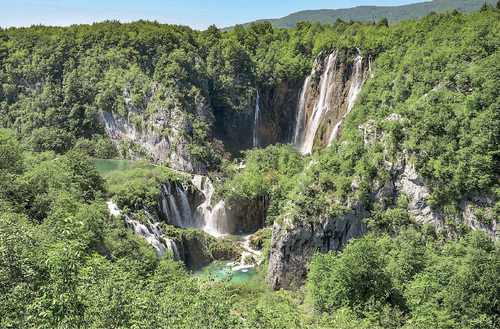
Protected areas cover almost 40 % of the Croatia´s territory. In consequence of war in former Yugoslavia the Plitvice Lakes National Park often visited by tourists from the Czech Republic was put on the UNESCO List of World Heritage in Danger in 1993 - 1997. © Jan Plesník
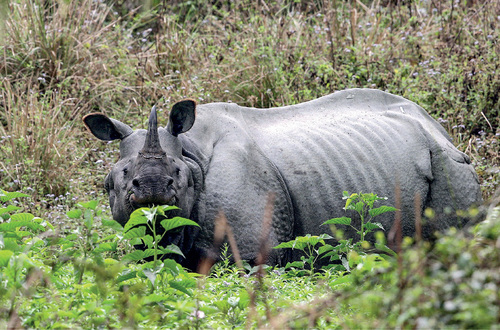
The Kaziranga National Park in the Indian state of Assam is remarkable for rich flora and fauna in the flooded floodplain of the Brahmaputra River. The most recent data show that the park is inhabited by 2,600 Indian rhinos (Rhinoceros unicornis), i.e. by two thirds of the global population. © František Pelc
While some studies concluded that protected areas safeguard the future of biological diversity and reduce impacts of drivers threatening it (JOPPA & PFAFF 2011, BARNES et al. 2016, GILL et al. 2017, VIMAL et al. 2021, FENG et al. l.c., MACKINNON et al. 2020, PACIFICI et al. 2020, CHEN et al. 2022), other authors assert the exact opposite (GASTON et al. 2008, CRAIGIE et al. 2010, VENTER et al. 2014, PIMM et al. 2018, WILLIAMS et al. l.c.). Many protected areas can effectively protect habitats but not wild animal populations within them (GELDMANN et al. 2013). As it can be supposed investments and appropriate management enhance territorial protection effectiveness (GELDMANN et al. 2015, WAUCHOPE et al. l.c.). Countries with lower agricultural activity, higher economic growth and better governance are most strongly associated with greater country-level protected area effectiveness (SHAH et al. 2021).
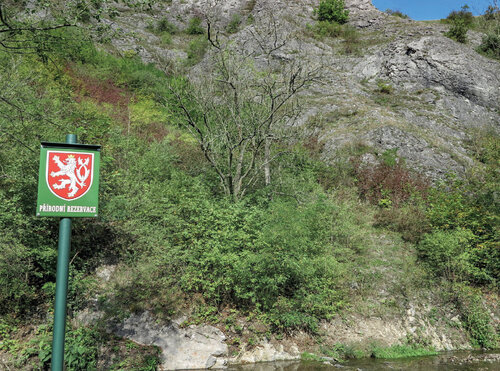
As it proved during the COVID-19 syndemics importance of green areas on the urban outskirts for human health has been underestimated (Daleje nad St Prokop Valleys Nature Park on the south-western margin of Prague). © Jan Plesník
On a global scale, there has not been from various reasons an analysis of protected area network effectiveness: over 55,000 evaluations of protected area, i.e. 18 % of their total coverage, have already been completed through the Global Database on Protected Area Management Effectiveness (RODRUGUES & CAZALIS l.c.). Till now the most comprehensive analysis based on data from 12,315 protected areas across 152 countries concluded that many protected areas are able to reduce human pressure and to buffer the wild populations and habitats they contain from human impacts on the environment. Over the past 15 years the sample of protected areas has been on average in this respect not more effective than matched unprotected areas (GELDMANN et al. 2019). At the local extent, biodiversity, precisely speaking species richness (number of species) and numbers of the monitored species can be after all higher inside protected areas than in their surroundings (GRAY et al. 2016).
What makes protected area effectiveness harder on a global scale
There are various reasons why protected areas do not carry out their mission and their detailed debate goes beyond the scope of this article. Approximately one-third of the global protected area estate is already under intense human pressure (JONES et al. 2018). Protected areas were mostly established without systematic conservation planning, but ad hoc and from aesthetic motives. We should also add that protected areas have been often declared not in areas where it is (urgently) needed but where their establishment do not conflict with other competing land uses, simply said where they never mind that (BALDI et al. 2017, VENTER et al. 2017). At the same time, many protected areas, particularly those in densely populated economically developed world´s regions, maintain and preserve valuable parts of nature, but on small, from a point of view of effective conservation and management often unsatisfactory territory. In Europe 67% of terrestrial protected areas cover less than one square kilometre (BISE 2022).
It is no secret that protected areas worldwide suffer from lack of finances. Data from 2,167 protected areas (with an area representing 23% of the global terrestrial protected area estate) confirm that less than a quarter of these protected areas have adequate resources in terms of staffing and budget – and this reflects even the state of the art before the COVID-19 syndemics (COAD et al. 2019). Let us repeat that the overall benefit:cost ratio of an effective global protected area network is at least 100:1 (BALMFORD et al. 2002). At the same time, governments worldwide spend per year in support that is potentially harmful to biodiversity five to six times more than their total spending for biodiversity protection and conservation (OECD 2020).
Unfortunately it does not appear that the state of the art shall in the near future change. Anthropogenic land use is expected to continue in expanding into protected areas due to increasing human demand for resources including land for agriculture and forestry, and to accelerate (GELDMANN et al. 2019). Despite huge efforts from some countries for connectivity between protected areas and for functionally integrating them into the surrounding landscape more than 90% of the global protected area estate have been continuing to be islands of the natural or close to nature environment isolated in the landscape heavily transformed by man (WARD et al. 2020). Territorial protection has had to deal with invasive alien species impacts literally all over the world (LIU et al. 2020). On the other hand well-managed protected areas can remain effective in preserving the target species despite climate change (LEHIKOINEN et al. 2019).
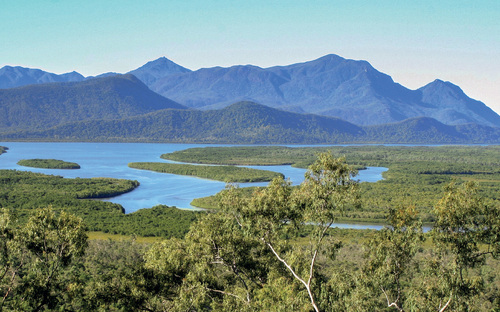
The Hinchinbrook Island National Park in tropical Queensland secures the survival of one of the most threatened ecosystems worldwide – mangroves. Also the area situated on north-eastern Australia was inscribed on the UNESCO World Heritage List. © František Pelc
Some thoughts instead of clever-clever conclusions
Let us be clear. We neither assert that territorial protection has fulfil its mission in global biodiversity conservation, nor enthuse about to stop establishment of new protected areas. Just on the contrary for preserving biological diversity in the often unexpectedly changing world deliberately selected, well managed and over a long period viable protected areas have been and shall be absolutely necessary. Moreover, we are profoundly convinced that newly declared protected areas should provide, except the cases when being under time pressure, from the very beginning the relevant protection, conservation and management. Instead to often chase after the highest number of protected areas and their maximal proportion to the whole country´s territory, continent, land or sea area, more attention should be paid to high-quality nature and the landscape protection, conservation and management in areas having been formally declared to maintain and preserve natural and landscape heritage (cf. MACKINNONN et al. 2021). Thus, there is concern that focusing solely on the percent area coverage of the global biodiversity conservation targets could be at the detriment of achieving the quality elements of the target. In other words, we should preferentially try to consistently and wherever possible enhance and improve protection, conservation and management of the existing protected areas, particularly from a point of view of their representativeness, effectiveness and connectivity, as it is explicitly said by the above targets within the Global Biodiversity Framework having been just negotiated within the Convention on Biological Diversity (UNEP 2021, 2022, cf. MAXWELL et al. 2020, ADAMS et al. 2021, GELDMANN et al. 2021). We intentionally recall the statement many times repeated that less is sometime more and that it is about time quantity gets quality.
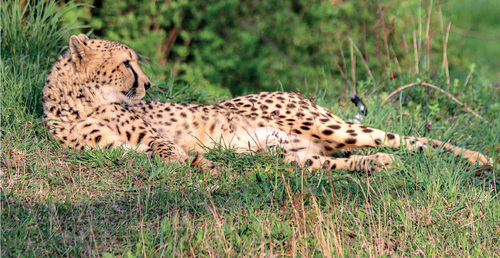
The majority of the Cheetah (Acinonyx jubatus) current range (77%) occurs outside protected areas where the species faces multiple threats. © Jan Plesník

In addition neither well located, adequately financed and effectively, i.e. by involving all the stakeholders, managed protected areas are themselves enough. Relevant management of the broader unprotected landscape, particularly ensuring its suitable composition, structure and functioning (“health”) should complement in this respect the irreplaceable role of protected areas. But this another, although in some aspects resembling story.
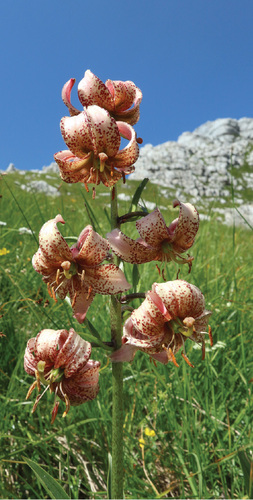
Martagon lily (Lilium martagon) in the Triglav National Park. © Zdeněk Patzelt

